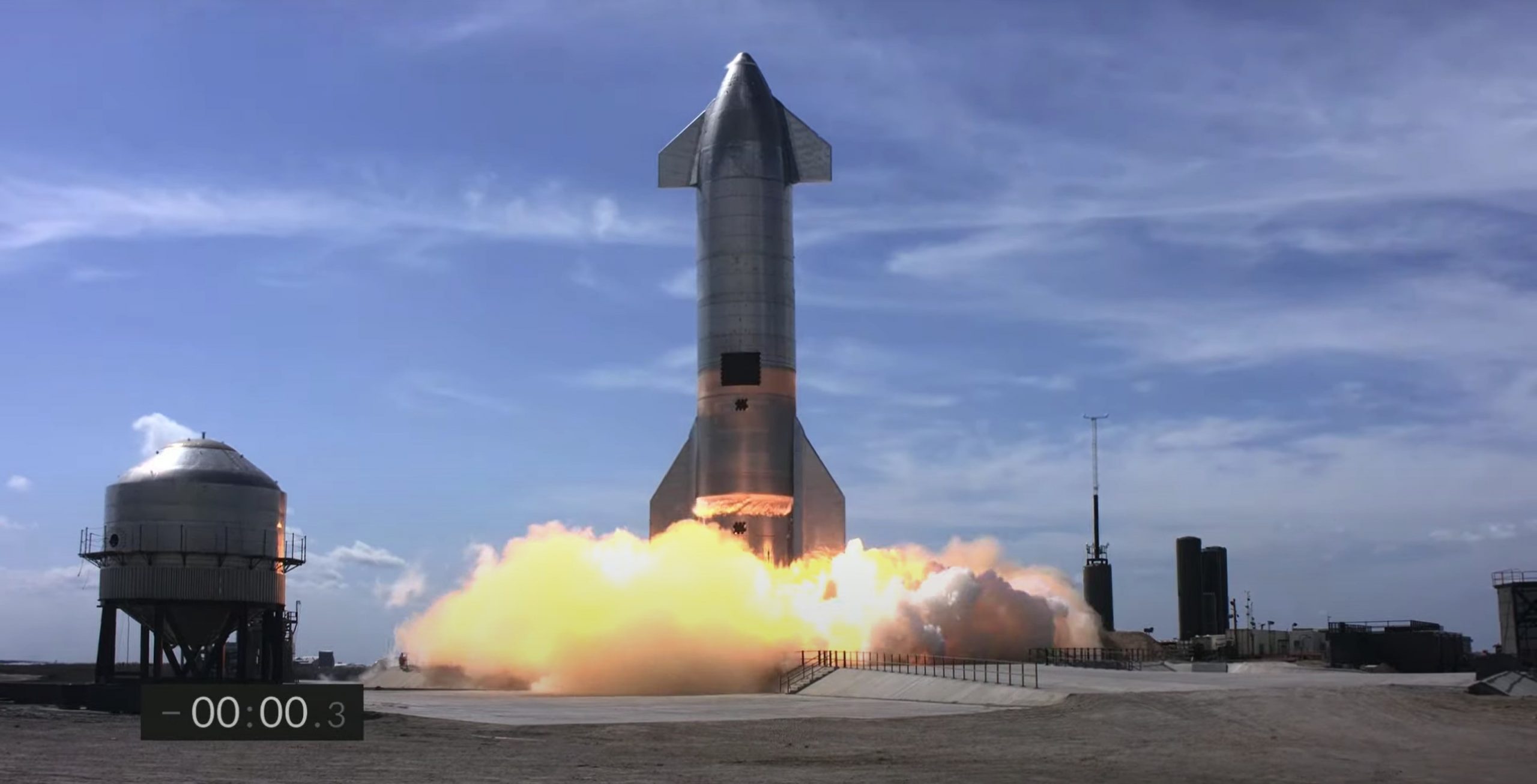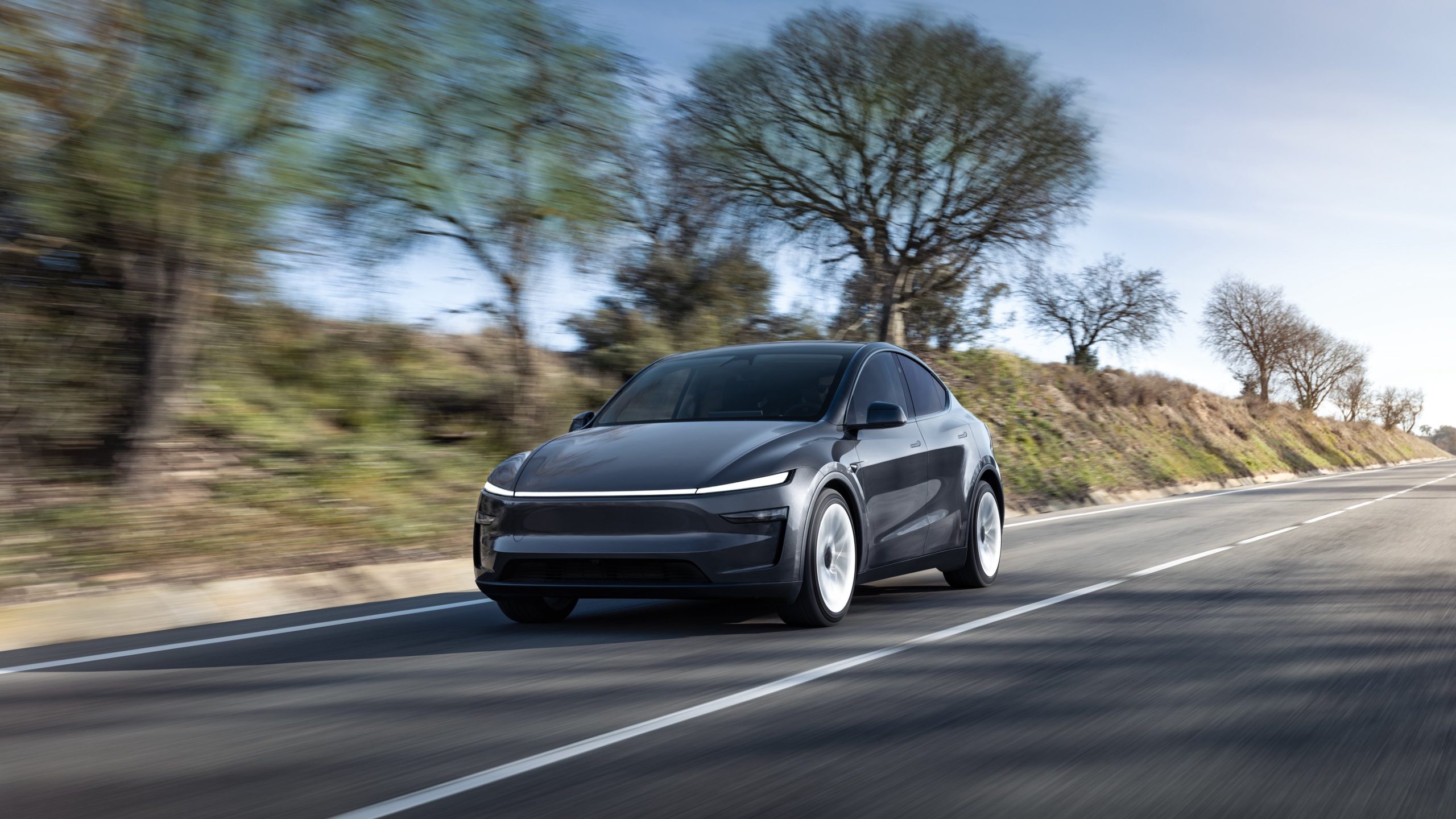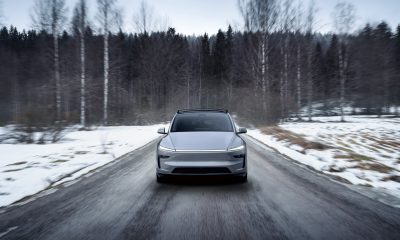

News
SpaceX aborts Starship launch after Raptors produce too much thrust
Update #3: SpaceX CEO Elon Musk says that Starship prototype SN10 automatically aborted a 2:15 pm CST (UTC-6) launch attempt after the rocket determined that its three Raptor engines were producing too much thrust.
Instead of scrubbing for the day, Musk says that SpaceX will instead increase the flight computer’s thrust limits and try again as early as 4:30 pm CST – still well before today’s window closes at 6:30 pm. SpaceX ended its webcast but will start a second webcast a few minutes prior to the next launch attempt.
Update #2: As of Wednesday morning, SpaceX has officially confirmed that Starship is on track for a third high-altitude launch and ‘bellyflop‘-style landing attempt sometime later today.
As of 11am CST (UTC-6), FAA approval is in hand, weather is encouraging, Starship prototype serial number 10’s (SN10) flaps have been unchained, and SpaceX has cleared the launch site – all signs that the rocket’s launch attempt is imminent. Much like SN8 and SN9 coverage, SpaceX says it will make a public livestream of SN10’s launch available to the public “a few minutes” before liftoff. Stay tuned and follow along with NASASpaceflight’s live coverage in the meantime.
Update: SpaceX has asked Boca Chica Village residents to prepare to evacuate the area as early as Wednesday morning for Starship’s third high-altitude launch and landing attempt.
The odds of things going so wrong that a Starship launch could actually end with a prototype impacting at or near the Village and the handful of non-employee holdouts still residing there are minuscule. However, FAA safety regulations and SpaceX’s contingent launch license mean that evacuations are now a routine part of Starship’s high-altitude flight tests since Starship SN8 took the first step beyond short hops. While undeniably inconvenient for the few remaining residents, today’s evacuation notice – short of an official SpaceX.com confirmation – does serve as the ultimate sign that Starship SN10’s first launch attempt is firmly scheduled on Wednesday, March 3rd.
With FAA approval in hand, weather rapidly improving, and the latest rocket prototype seemingly raring to go, the stars are aligning for SpaceX’s third high-altitude Starship launch and first triple-engine landing attempt.
As of March 1st, publicly-available FAA “temporary flight restrictions” (TFRs) and weather forecasts both agree that SpaceX is currently preparing to launch Starship serial number 10 (SN10) as early as Wednesday afternoon CST (UTC-6), March 3rd. Barring surprises, that gives SpaceX a healthy three-day period to account for any potential technical or weather-related delays.
Originally scheduled as early as the last week of February, unspecified delays pushed Starship SN10’s launch debut schedule into March. In general, the vehicle’s path to flight has been much smoother than Starship SN8 and SN9, both of which ran into hardware bugs and opaque FAA licensing issues. With Starship SN10, the FAA approved SpaceX’s “modified” launch license well before the company was ready for flight – and even before the rocket had attempted its first static fire.
Unlike Starships SN8 and SN9, both of which took anywhere from 6-10 weeks to go from rolling off the factory floor to preparing for their first launch attempts, SN10’s first launch attempt appears likely to occur less than five weeks after the rocket arrived at the launch site. The sequential improvements in efficiency and reliability between those three prototypes is a fundamental part (or goal, at least) of SpaceX’s iterative development process.
Still, Starship SN10’s preflight flow wasn’t completely free of drama and SpaceX ultimately put the rocket through a second triple-Raptor static fire after the first test revealed an issue with one of those engines. SpaceX swapped that faulty engine out in record time and fired up SN10 again less than 48 hours after test #1, seemingly producing more satisfactory results the second time around.
Unlike its predecessors, SN10 will also debut a new triple-engine approach to landing, aiming to increase redundancy and boost the odds of a successful touchdown even if one of the Starship’s three Raptors fail during a last-second flip maneuver. Building on the failures of SN8 and SN9, it’s safe to say that SN10 has the best shot yet at sticking the landing.
TFRs show that two earlier launch windows on Monday and Tuesday (March 1st and 2nd) were canceled, leaving only the Wednesday, March 3rd airspace closure request still open. Wednesday was then backed up with two alternate windows on Thursday and Friday not long after.
Hardware-wise, Starship SN10’s cherry-on-top (an explosives-based flight termination system or FTS) was installed on February 28th. In the event that Starship loses control and strays past a certain point outside of its approved trajectory, that FTS would explode, breaching the rocket’s propellant tank, triggering vehicle breakup, and thus preventing it from harming the local populace. All told, SpaceX confirmation of a Wednesday launch attempt – and another official webcast – should be imminent. Stay tuned!
News
Tesla UK sales see 14% year-over-year rebound in June: SMMT data
The SMMT stated that Tesla sales grew 14% year-over-year to 7,719 units in June 2025.

Tesla’s sales in the United Kingdom rose in June, climbing 14% year-over-year to 7,719 units, as per data from the Society of Motor Manufacturers and Traders (SMMT). The spike in the company’s sales coincided with the first deliveries of the updated Model Y last month.
Model Y deliveries support Tesla’s UK recovery
Tesla’s June performance marked one of its strongest months in the UK so far this year, with new Model Y deliveries contributing significantly to the company’s momentum.
While the SMMT listed Tesla with 7,719 deliveries in June, independent data from New AutoMotive suggested that the electric vehicle maker registered 7,891 units during the month instead. However, year-to-date figures for Tesla remain 2% down compared to 2024, as per a report from Reuters.
While Tesla made a strong showing in June, rivals are also growing. Chinese automaker BYD saw UK sales rise nearly fourfold to 2,498 units, while Ford posted the highest EV growth among major automakers, with a more than fourfold increase in the first half of 2025.
Overall, the UK’s battery electric vehicle (BEV) demand surged 39% to to 47,354 units last month, helping push total new car sales in the UK to 191,316 units, up 6.7% from the same period in 2024.
EV adoption accelerates, but concerns linger
June marked the best month for UK car sales since 2019, though the SMMT cautioned that growth in the electric vehicle sector remains heavily dependent on discounting and support programs. Still, one in four new vehicle buyers in June chose a battery electric vehicle.
SMMT Chief Executive Mike Hawes noted that despite strong BEV demand, sales levels are still below regulatory targets. “Further growth in sales, and the sector will rely on increased and improved charging facilities to boost mainstream electric vehicle adoption,” Hawes stated.
Also taking effect this week was a new US-UK trade deal, which lowers tariffs on UK car exports to the United States from 27.5% to 10%. The agreement could benefit UK-based EV producers aiming to expand across the country.
News
Tesla Model 3 ranks as the safest new car in Europe for 2025, per Euro NCAP tests
Despite being on the market longer than many of its rivals, the Tesla Model 3 continues to set the bar for vehicle safety.

The Tesla Model 3 has been named the safest new car on sale in 2025, according to the latest results from the Euro NCAP. Among 20 newly tested vehicles, the Model 3 emerged at the top of the list, scoring an impressive 359 out of 400 possible points across all major safety categories.
Tesla Model 3’s safety systems
Despite being on the market longer than many of its rivals, the Tesla Model 3 continues to set the bar for vehicle safety. Under Euro NCAP’s stricter 2025 testing protocols, the electric sedan earned 90% for adult occupant protection, 93% for child occupant protection, 89% for pedestrian protection, and 87% for its Safety Assist systems.
The updated Model 3 received particular praise for its advanced driver assistance features, including Tesla’s autonomous emergency braking (AEB) system, which performed well across various test scenarios. Its Intelligent Speed Assistance and child presence detection system were cited as noteworthy features as well, as per a WhatCar report.
Other notable safety features include the Model 3’s pedestrian-friendly pop-up hood and robust crash protection for both front and side collisions. Euro NCAP also highlighted the Model 3’s ability to detect vulnerable road users during complex maneuvers, such as turning across oncoming traffic.
Euro NCAP’s Autopilot caution
While the Model 3’s safety scores were impressive across the board, Euro NCAP did raise concerns about driver expectations of Tesla’s Autopilot system. The organization warned that some owners may overestimate the system’s capabilities, potentially leading to misuse or inattention behind the wheel. Even so, the Model 3 remained the highest-scoring vehicle tested under Euro NCAP’s updated criteria this year.
The Euro NCAP’s concerns are also quite interesting because Tesla’s Full Self-Driving (FSD) Supervised, which is arguably the company’s most robust safety suite, is not allowed for public rollout in Europe yet. FSD Supervised would allow the Model 3 to navigate inner city streets with only minimal human supervision.
Other top scorers included the Volkswagen ID.7, Polestar 3, and Geely EX5, but none matched the Model 3’s total score or consistency across categories. A total of 14 out of 20 newly tested cars earned five stars, while several models, including the Kia EV3, MG ZS, and Renault 5, fell short of the top rating.
Elon Musk
Why Tesla’s Q3 could be one of its biggest quarters in history
Tesla could stand to benefit from the removal of the $7,500 EV tax credit at the end of Q3.

Tesla has gotten off to a slow start in 2025, as the first half of the year has not been one to remember from a delivery perspective.
However, Q3 could end up being one of the best the company has had in history, with the United States potentially being a major contributor to what might reverse a slow start to the year.
Earlier today, the United States’ House of Representatives officially passed President Trump’s “Big Beautiful Bill,” after it made its way through the Senate earlier this week. The bill will head to President Trump, as he looks to sign it before his July 4 deadline.
The Bill will effectively bring closure to the $7,500 EV tax credit, which will end on September 30, 2025. This means, over the next three months in the United States, those who are looking to buy an EV will have their last chance to take advantage of the credit. EVs will then be, for most people, $7,500 more expensive, in essence.
The tax credit is available to any single filer who makes under $150,000 per year, $225,000 a year to a head of household, and $300,000 to couples filing jointly.
Ending the tax credit was expected with the Trump administration, as his policies have leaned significantly toward reliance on fossil fuels, ending what he calls an “EV mandate.” He has used this phrase several times in disagreements with Tesla CEO Elon Musk.
Nevertheless, those who have been on the fence about buying a Tesla, or any EV, for that matter, will have some decisions to make in the next three months. While all companies will stand to benefit from this time crunch, Tesla could be the true winner because of its sheer volume.
If things are done correctly, meaning if Tesla can also offer incentives like 0% APR, special pricing on leasing or financing, or other advantages (like free Red, White, and Blue for a short period of time in celebration of Independence Day), it could see some real volume in sales this quarter.
You can now buy a Tesla in Red, White, and Blue for free until July 14 https://t.co/iAwhaRFOH0
— TESLARATI (@Teslarati) July 3, 2025
Tesla is just a shade under 721,000 deliveries for the year, so it’s on pace for roughly 1.4 million for 2025. This would be a decrease from the 1.8 million cars it delivered in each of the last two years. Traditionally, the second half of the year has produced Tesla’s strongest quarters. Its top three quarters in terms of deliveries are Q4 2024 with 495,570 vehicles, Q4 2023 with 484,507 vehicles, and Q3 2024 with 462,890 vehicles.
-

 Elon Musk5 days ago
Elon Musk5 days agoTesla investors will be shocked by Jim Cramer’s latest assessment
-

 News1 week ago
News1 week agoTesla Robotaxi’s biggest challenge seems to be this one thing
-

 Elon Musk2 weeks ago
Elon Musk2 weeks agoFirst Look at Tesla’s Robotaxi App: features, design, and more
-

 News2 weeks ago
News2 weeks agoSpaceX and Elon Musk share insights on Starship Ship 36’s RUD
-

 News2 weeks ago
News2 weeks agoWatch Tesla’s first driverless public Robotaxi rides in Texas
-

 News1 week ago
News1 week agoWatch the first true Tesla Robotaxi intervention by safety monitor
-

 News2 weeks ago
News2 weeks agoTesla has started rolling out initial round of Robotaxi invites
-

 Elon Musk2 weeks ago
Elon Musk2 weeks agoTesla to launch in India in July with vehicles already arriving: report


















